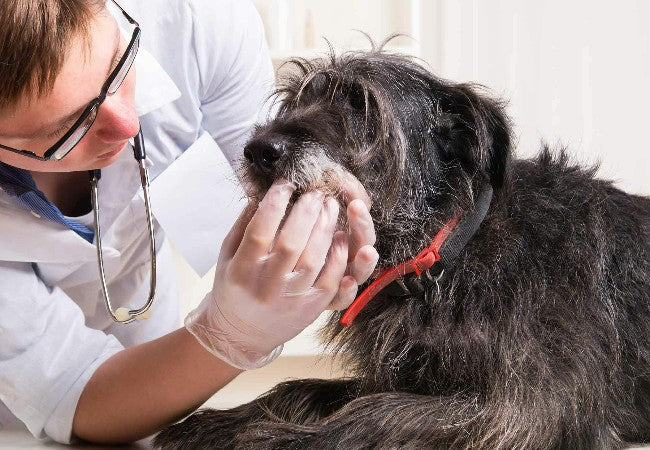Chondrosarcoma in Dogs: Vet-Approved Causes, Symptoms & Treatments (2025 Guide) 🩺🐶🧠

In this article
Chondrosarcoma in Dogs: Vet-Approved Causes, Symptoms & Treatments (2025 Guide) 🩺🐶🧠
By Dr. Duncan Houston BVSc
As a veterinarian, I occasionally encounter cases of chondrosarcoma in dogs, a rare but aggressive bone cancer. Understanding this condition is crucial for early detection and effective treatment. This comprehensive guide aims to educate pet owners on the causes, symptoms, and treatment options for chondrosarcoma in dogs.
🧬 What Is Chondrosarcoma?
Chondrosarcoma is a malignant tumor originating in the cartilage of bones. It accounts for approximately 5-10% of primary bone tumors in dogs. Unlike osteosarcoma, chondrosarcoma tends to grow slowly but can be locally invasive and may metastasize to other parts of the body.
🐾 Causes and Risk Factors
While the exact cause is unknown, several factors may contribute:
- 🧬 Genetic Predisposition: Certain breeds like Golden Retrievers, Labrador Retrievers, and Rottweilers may be more susceptible.
- 🦴 Cartilaginous Growths: Pre-existing benign cartilage tumors can potentially become malignant.
- 📈 Age: Middle-aged to older dogs are more commonly affected.
⚠️ Symptoms of Chondrosarcoma
Symptoms vary depending on tumor location:
- 🐾 Lameness: Especially if limbs are affected.
- 🩸 Swelling: Noticeable at the tumor site.
- 😮💨 Respiratory Issues: Sneezing, nasal discharge, or difficulty breathing if nasal cavity is involved.
- 💔 Pain: Discomfort or sensitivity in the affected area.
- 🦴 Fractures: Weakened bones may lead to breaks.
🩺 Diagnosing Chondrosarcoma
Diagnosis involves several steps:
- 🧪 Blood Tests: To assess overall health.
- 🖼️ Imaging: X-rays, CT scans, or MRIs to visualize the tumor.
- 🔬 Biopsy: Confirmatory diagnosis through tissue sampling.
💊 Treatment Options
Treatment depends on tumor location and stage:
- 🔪 Surgical Removal: Primary treatment to excise the tumor.
- 💉 Radiation Therapy: May be used post-surgery or for inoperable tumors.
- 💊 Chemotherapy: Generally less effective but considered in certain cases.
- 🛌 Supportive Care: Pain management and palliative care as needed.
🛡️ Preventing Chondrosarcoma
While prevention is challenging due to unknown causes, early detection is key:
- 🏥 Regular Veterinary Check-ups: Routine exams can catch issues early.
- 🧬 Monitoring: Keep an eye on any unusual lumps or behavioral changes.
📱 Support and Resources
If you suspect your dog has chondrosarcoma, consult your veterinarian promptly. For additional support:
- Ask A Vet: Access professional veterinary advice through the Ask A Vet platform.
- Download the Ask A Vet App: For quick access to veterinary support, download the Ask A Vet app.
Early diagnosis and appropriate treatment can significantly improve your dog's quality of life.
🐾 For more expert advice and pet care tips, visit AskAVet.com.






